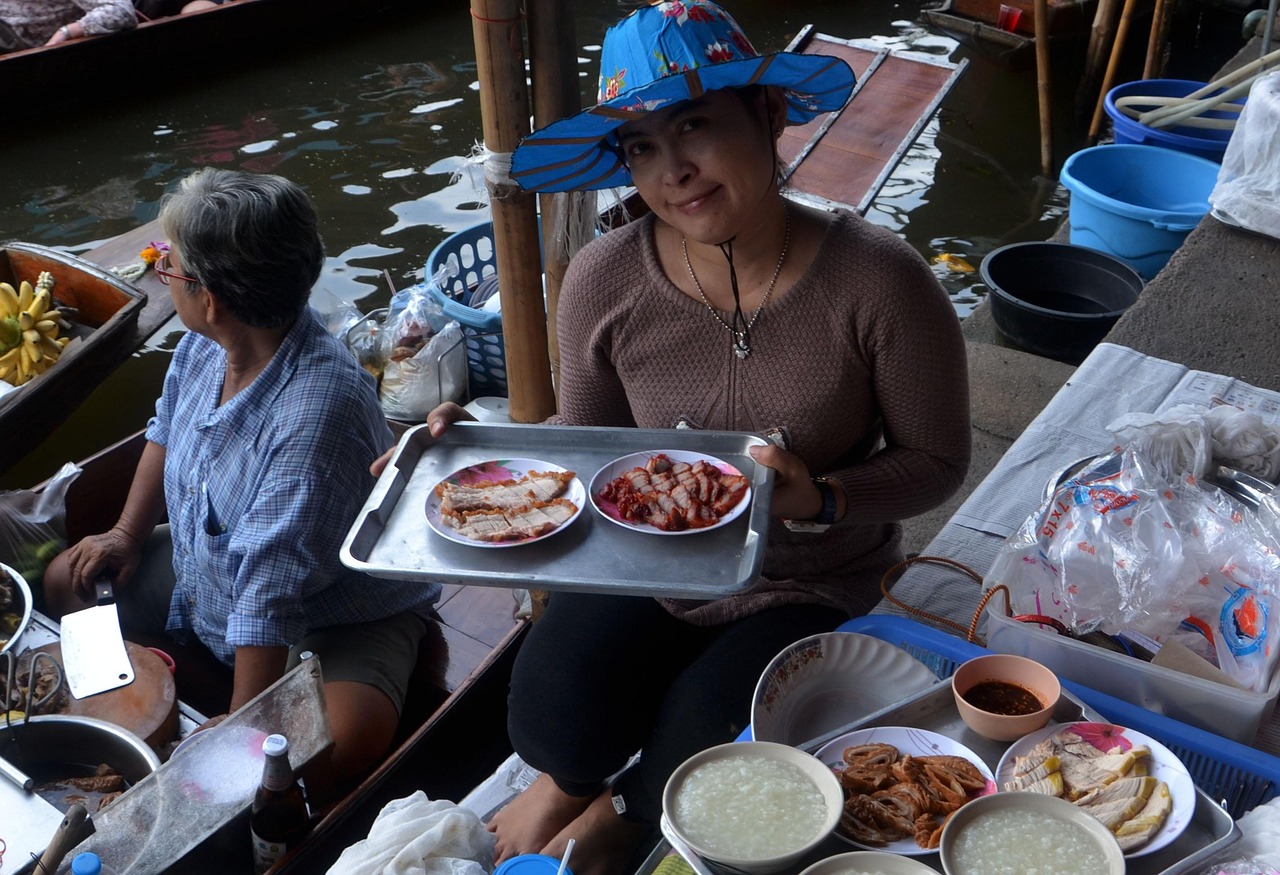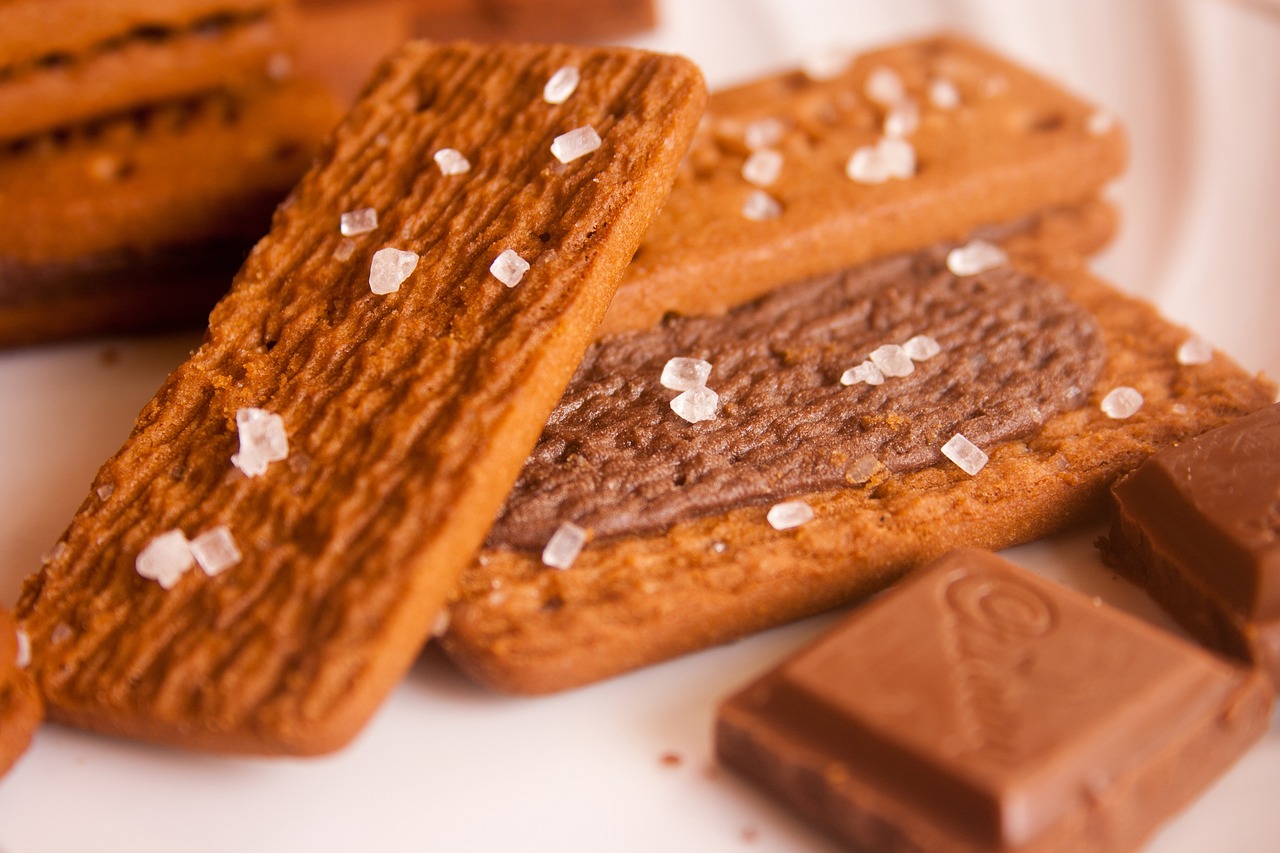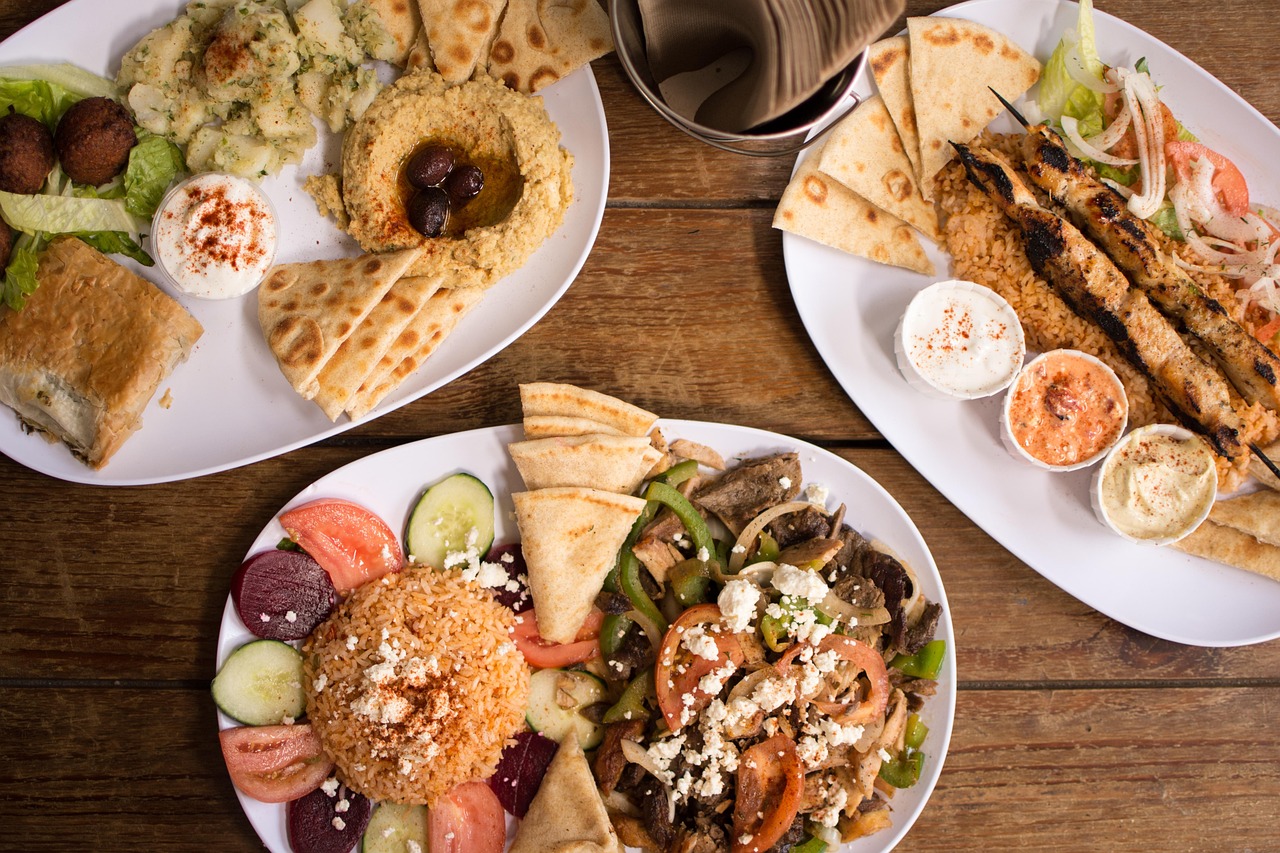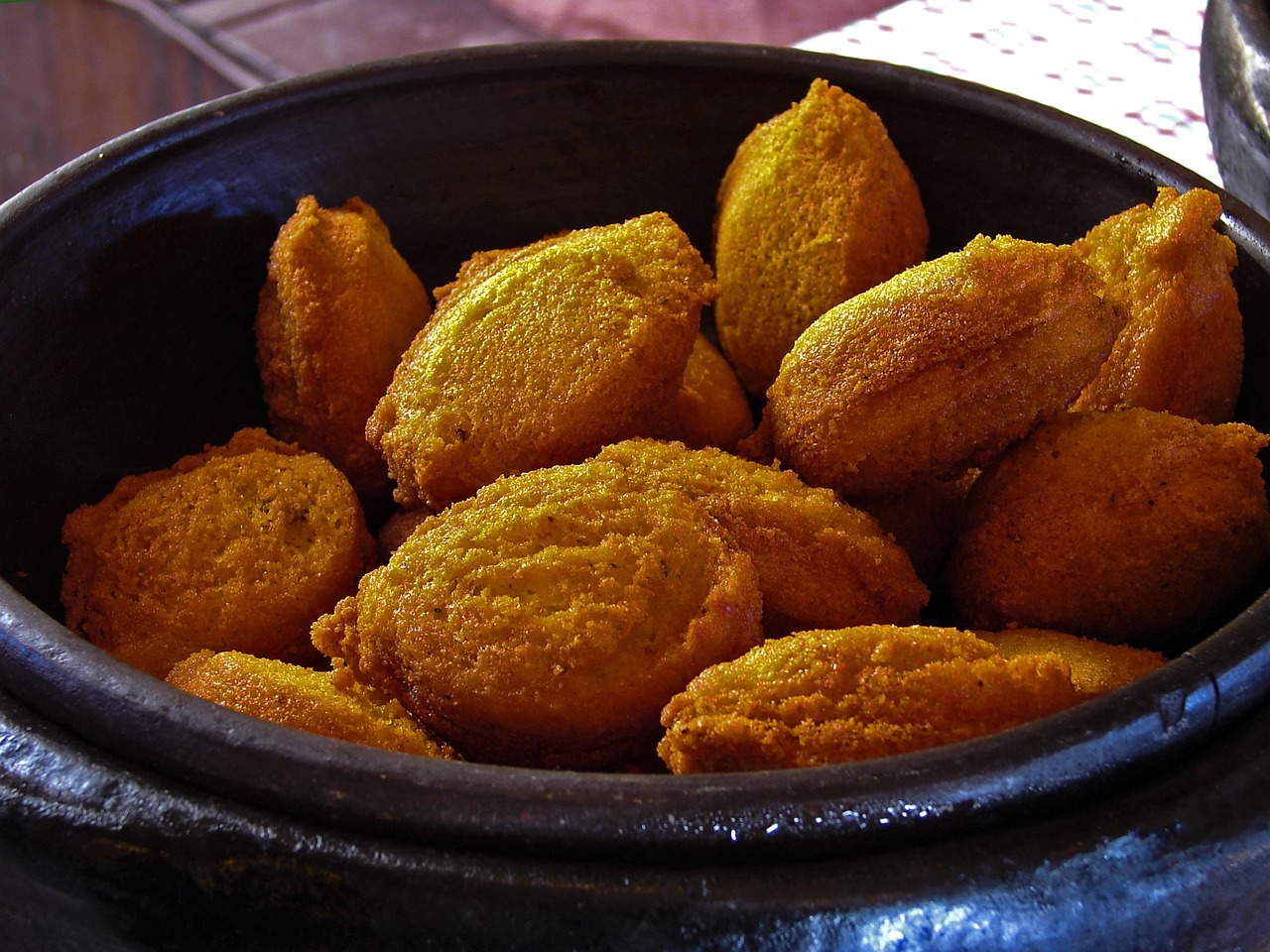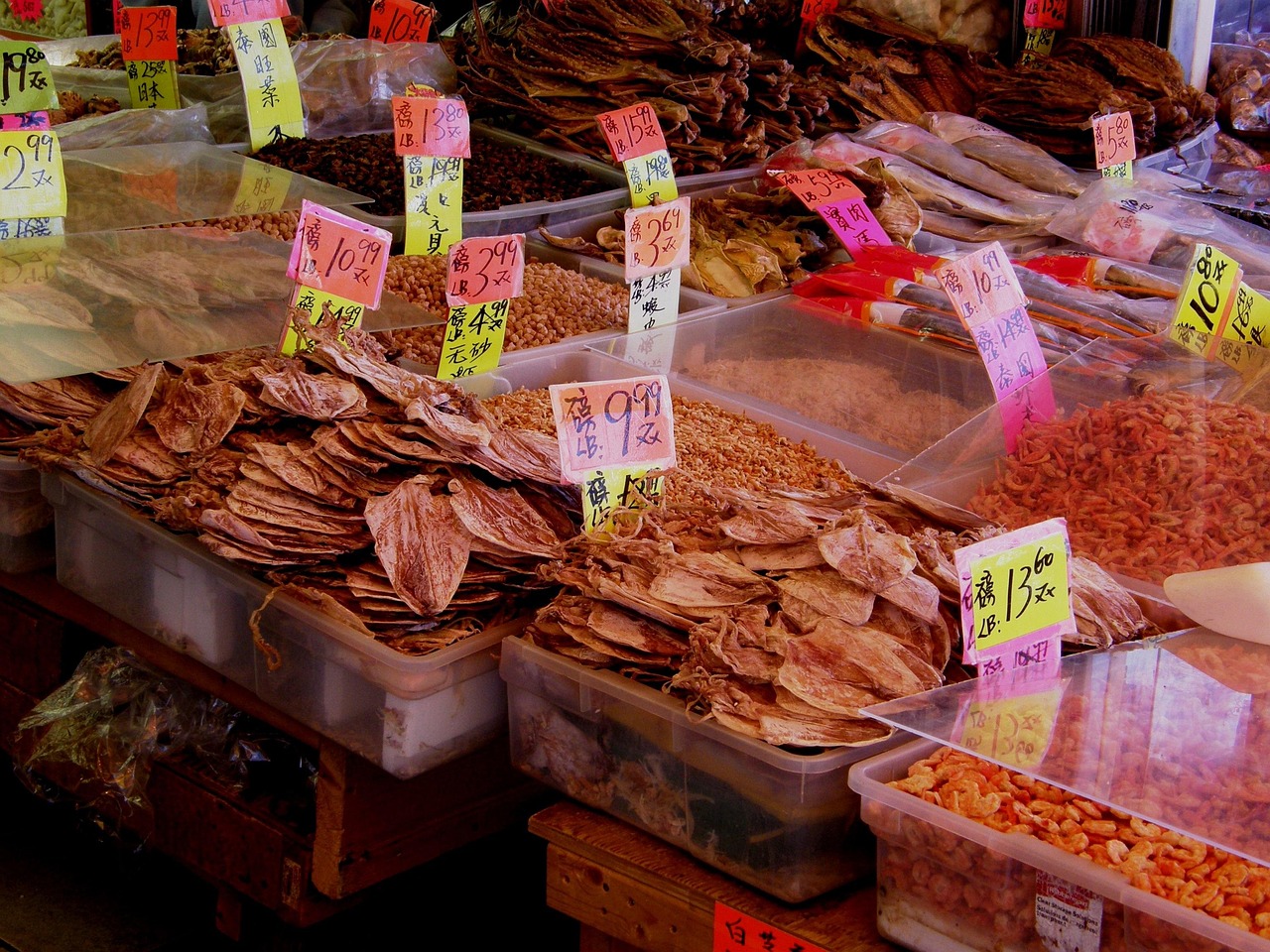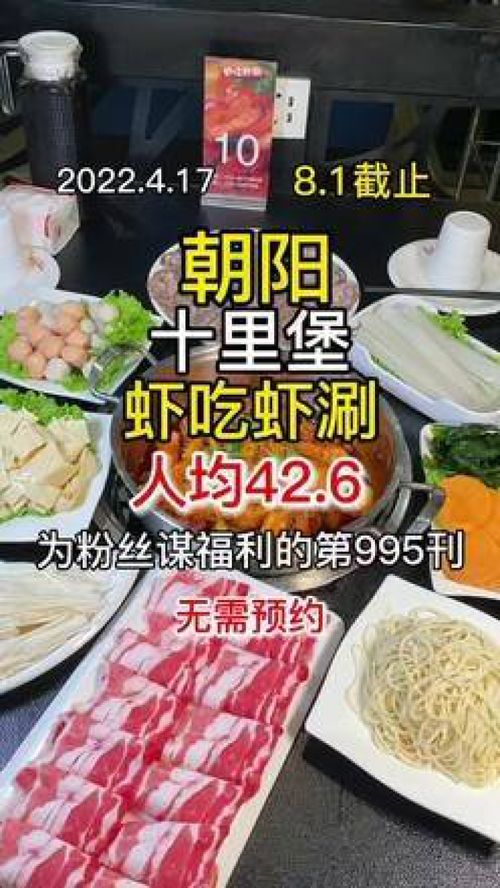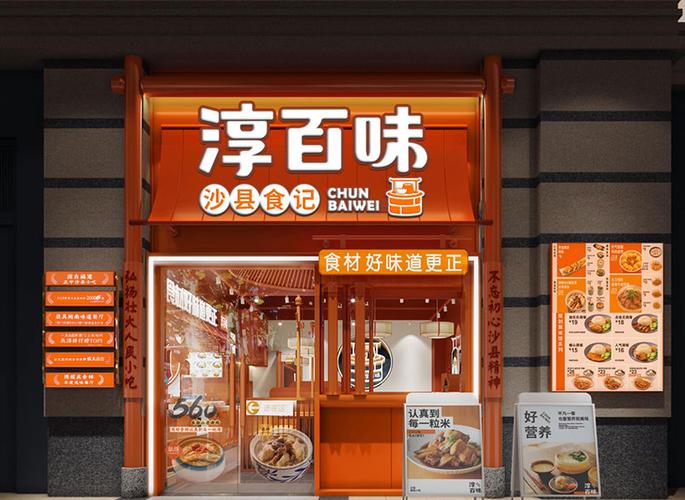Introduction:
As the Spring Festival, also known as Chinese New Year, approaches, it's time to delve into the culinary traditions that make this celebration so special. This article aims to provide a simple English guide to some of the most iconic dishes that grace the tables of Chinese families during this festive period. Whether you're looking to cook these dishes yourself or simply want to understand the significance behind them, this guide will serve as a delightful introduction to the flavors of Chinese New Year.
1、Dumplings (Jiaozi):
No Chinese New Year meal is complete without dumplings. These crescent-shaped parcels of dough are filled with a variety of ingredients, often including minced meat and vegetables. The shape of the dumplings is said to resemble ancient Chinese gold ingots, symbolizing wealth and prosperity. The act of making dumplings with family is also a cherished tradition, as it represents unity and togetherness.
2、Fish (Yu):
Fish is a staple on Chinese New Year menus due to its homophone with the word for "surplus" or "abundance" in Chinese. Serving fish during the festivities is believed to bring a surplus of good luck and fortune for the coming year. It's common to serve whole fish to symbolize a complete and prosperous year, with the head and tail intact.
3、Sticky Rice Cake (Nian Gao):
Nian Gao, or "year cake," is a sweet, glutinous rice cake that is steamed or fried. The name "Nian Gao" is a play on words, as it sounds like "higher year" in Chinese, which is interpreted as a wish for progress and growth in the new year. This dish is often enjoyed as a dessert or as a snack throughout the holiday.
4、Longevity Noodles (Chang Shou Mian):
These long, uncut noodles symbolize longevity and are often served to wish for a long and healthy life. The noodles are typically stir-fried with vegetables and sometimes meat, and are enjoyed by all members of the family to ensure that everyone's wishes for a long life are acknowledged.
5、Spring Rolls (Chun Juan):
Spring rolls are a popular appetizer or snack during the Spring Festival. They are made by wrapping a filling of vegetables and sometimes meat in a thin pastry and then frying them until they are crispy and golden. The name "spring roll" is derived from the fact that they are often eaten to welcome the spring season, which coincides with the Chinese New Year.
6、Sweet Rice Balls (Tang Yuan):
Tang Yuan, or sweet rice balls, are round glutinous rice balls filled with sweetened red bean or sesame paste. They are often served in a sweet soup and symbolize family togetherness, as the round shape represents unity and the sweet filling signifies a sweet life.
7、Eight-Treasure Rice (Ba Bao Fan):
This dish is a colorful and flavorful rice dish made with a variety of ingredients, including different types of beans, nuts, and dried fruits. The "eight treasures" can vary, but they always include auspicious ingredients. The dish is served to bring a bountiful harvest and prosperity in the new year.
8、Prosperity Buns (Fa Gao):
Fa Gao, or prosperity buns, are a type of steamed bun that is often filled with sweet or savory ingredients. The name "Fa Gao" sounds like "make wealth" in Chinese, making these buns a symbol of wealth and prosperity. They are often steamed in pairs to represent the doubling of wealth.
Conclusion:
Chinese New Year is a time for feasting on traditional dishes that are not only delicious but also carry deep cultural significance. By understanding the meaning behind these dishes, we can appreciate the rich history and customs that make the Spring Festival such a unique and joyous occasion. Whether you're celebrating with family in China or introducing these traditions to friends and family around the world, these dishes will undoubtedly add a touch of authenticity and warmth to your celebrations. So, gather your ingredients, roll up your sleeves, and let's cook up a feast that will bring luck, prosperity, and happiness for the year ahead. Happy Chinese New Year!

